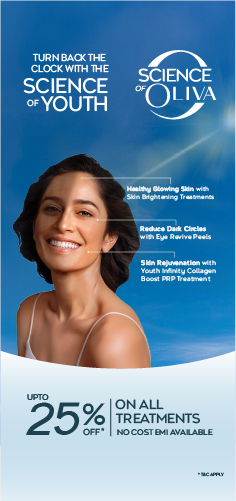Salicylic Acid and Retinol: Benefits, Usage, and Tips for Skincare
Are you looking for a skincare routine that helps manage your acne-prone skin and keeps signs of ageing at bay? Well, look no further than salicylic acid and retinol. Dermatologists often recommend these two ingredients for their skin-friendly properties. Through this read we will learn about the advantages of incorporating these two ingredients into your skincare routine. We will also understand ways to use retinol and salicylic acid together for enhanced benefits. Also, we will discuss salicylic acid vs. retinol to determine which ingredient is best suited to your skin and their likely side effects to ensure the best results for your skin.
In This Article
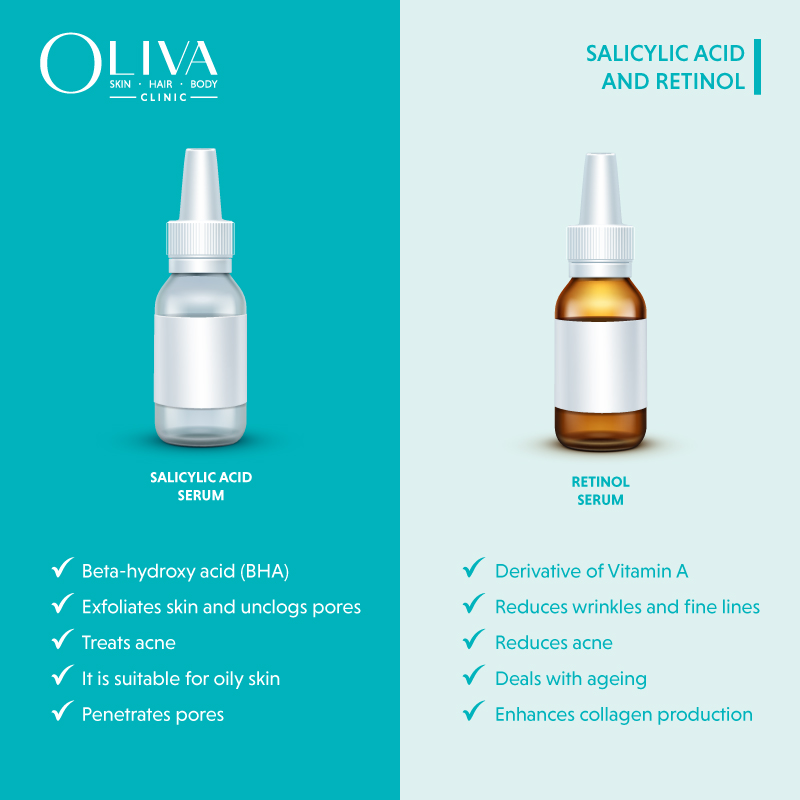
What Are Salicylic Acid and Retinol?
Salicylic acid and retinol are two very popular skincare ingredients known for their transformative benefits on the skin.
Salicylic acid is a beta-hydroxy acid (BHA), [1] with an extraordinary ability to exfoliate the skin. It penetrates deep into the pores and effectively removes dead skin cells. It also reduces excess oil, reducing inflammation and treating acne over time. [2] Salicylic acid is also effective in managing skin conditions like psoriasis and dandruff.
Retinol, on the other hand, is a derivative of vitamin A [3] and is known for its anti-ageing properties. It boosts skin cell turnover, helping reduce wrinkles and fine lines. It also improves overall skin texture and unclogs pores. Retinol is ideal for use in your night-time skincare routine and is helpful in managing acne and psoriasis. [4]
Benefits Of Salicylic And Retinol
Let us understand the benefits of combining salicylic acid and retinol in your skincare routine. Here are some of them mentioned below:
-
Unclogged Pores and Reduced Acne
Both salicylic acid and retinol are highly effective in preventing and treating acne. Salicylic acid easily penetrates deep into your pores and helps remove dirt, oil, and dead skin cells. [5] With such deep exfoliation, there is little chance of clogging. As a result, there is a reduction in acne. Retinol boosts cell turnover, which keeps your pores clear and reduces the chance of breakouts. Thus, this combination, when used in your skincare regimen, leads to clear skin with reduced blemishes over time.
-
Reduced Fine Lines and Wrinkles
Retinol offers unmatched anti-ageing benefits, mainly by increasing collagen production and improving skin elasticity. It reduces fine lines and wrinkles, thus giving your skin a youthful look. Salicylic acid, at the same time boosts the action of retinol by deep exfoliation which allows retinol to penetrate well and effectively. Together, they work to reduce the appearance of ageing signs effectively.
-
Balanced Oil Production
Salicylic acid is very effective in controlling excess oil production in the skin. That is why it is preferred for oily and combination skin. Retinol helps regulate sebum production over time, helping you get a balanced skin. When these two are used together in a routine manner, they help reduce oil production in a balanced way, maintaining an even-toned complexion and preventing acne.
-
Improves Skin Texture and Tone
Combining salicylic acid and retinol together in your regimen improves skin texture as there is adequate exfoliation of dead skin cells. This boosts cell renewal, giving the skin a smooth, blemish free and even texture.
-
Soothes and Calms Inflammation
Salicylic acid has anti-inflammatory properties that calm inflamed skin and reduce redness and swelling. Retinol can also help minimise inflammation. They work together to alleviate acne-induced redness and irritation, leaving the skin looking healthier.
-
Brightens and Enhances Radiance
Regular use of salicylic acid and retinol can lead to a brighter complexion. Salicylic acid removes dull, dead skin cells, revealing fresher skin beneath, while retinol boosts cell turnover and fades dark spots, enhancing skin radiance. The result is a more vibrant and glowing complexion.
-
Boosts Collagen Production
Retinol stimulates collagen production, as a result of which the skin gains firmness and elasticity. This reduces the appearance of fine lines and wrinkles. [6] Salicylic acid supports this process by keeping the skin’s surface clear, allowing retinol to work effectively at deeper layers and resulting in firmer, and plumper skin.
-
Prevents and Treats Sun Damage
Both salicylic acid and retinol can help address sun damage. Retinol helps repair skin by promoting cell turnover, reducing the appearance of sunspots and uneven pigmentation. Salicylic acid aids in removing damaged cells and enhancing skin renewal. Together, they work to minimise the visible effects of sun damage, leading to a healthier and more youthful complexion.
Salicylic Acid Vs Retinol:
Here are some of the main factors that highlight the attributes of salicylic acid vs retinol:
Factor |
Salicylic Acid |
Retinol |
Type |
Salicylic Acid is a beta-hydroxy acid (BHA). | Retinol is a derivative of Vitamin A. |
Primary Benefit |
Exfoliates skin and unclogs pores. | Reduces wrinkles and fine lines |
Key Uses |
Treats acne, psoriasis, and dandruff. | Reduces acne and improves skin texture and tone. |
Skin Types |
It is suitable for oily and acne-prone skin.[7] | It is ideal for ageing and sun-damaged skin. |
Mechanism |
Penetrates pores to dissolve oil and dead skin cells. | It boosts cell turnover and enhances collagen production. |
Side Effects |
It may cause dryness or irritation if overused. | It can cause redness, peeling, and sensitivity, especially at first. |
Usage Tips |
Start with a lower concentration to assess tolerance. | Introduce gradually, starting with 1-2 times a week. |
Precautions |
Avoid using on broken skin. Always use sunscreen. | Use sunscreen as the skin becomes more sensitive to sunlight. |
Complementary Products |
Combine with hydrating serums or moisturisers to prevent dryness. | Pair with a gentle cleanser and hydrating cream for best results. |
Best Time to Use |
You can use it in the morning or evening. | It is best used at night. |
pH Level |
It works optimally at a pH of 3 to 4. | It is effective at a neutral pH. |
Absorption Rate |
It gets quickly absorbed into the skin. | It takes time to absorb and allows for gradual release. |
Who should avoid |
Those with extremely sensitive skin should be cautious. | Pregnant or nursing women should consult a doctor before use. |
Formulation |
Available in cleansers, toners, and spot treatments. | Available in creams, serums, and oils. |
Combining Salicylic Acid and Retinol Together
Both salicylic acid and retinol address everyday skincare concerns. When considering salicylic acid and retinol together, a common question is, “Can salicylic acid be used with retinol?”
The answer is yes! However, it is vital to use them correctly to avoid over-exfoliating and irritating the skin. You must note that you must not mix these two ingredients. Doing so may offset their benefits. You can use them at different times of the day.
For the best results, introducing them into your skincare routine gradually is advisable. Also, pay close attention to how your skin responds to these so that you can take timely action if required. Doing so allows you to enjoy a clearer, smoother, and more youthful complexion.
How to Safely Use Salicylic Acid and Retinol Together?
The best way to safely use retinol and salicylic acid together is to reduce the chances of their interaction to a minimum. Here are some ways you can ensure this:
-
Use on alternate days:
Use salicylic acid for one day and retinol for the next. This approach can reduce the risk of over-exfoliation and helps your skin adjust to each ingredient individually.
-
Use one in the morning and the other at night:
Apply salicylic acid in the morning to exfoliate and cleanse your skin. Follow up with a broad-spectrum sunscreen to protect your skin from UV rays, as salicylic acid can increase sun sensitivity. Use retinol in your night-time routine to promote cell turnover and repair the skin while you sleep. This timing minimises the risk of photosensitivity associated with retinol. [8]
-
Avoid layering:
To avoid skin irritation, do not apply salicylic acid and retinol at the same time or immediately after one another. Allow ample time for each product to fully absorb into the skin before applying the other one.
Dermatologist Tips On Using Salicylic Acid With Retinol:
Here are some expert tips to consider when using salicylic acid with retinol:
-
Choose the Right Formulation
Dermatologists recommend the use of salicylic acid in lighter formulations such as serums or toners. This allows for quick absorption into the skin and sebum control. When using retinol, opt for a cream-based formula. Creams provide moisture that prevents irritation. They are also less harsh on the skin and reduce the chances of getting a red and flaking complexion.
-
Pay Attention to Strength
Whether you are using salicylic acid or retinol, remember to start with a lower concentration. For salicylic acid, a concentration of 0.5% to 2% works best, [9] as higher concentrations may increase the risk of dryness or irritation. Start with 0.25% or 0.5% of retinol [10] and gradually increase as your skin builds tolerance.
-
Complement with Moisturisers
You must understand that whenever you use retinol and salicylic acid together, you must use a soothing moisturiser. It will help you maintain skin hydration and barrier function. You can opt for those with ingredients like hyaluronic acid, ceramides, or peptides to support your skin health.
Addressing Potential Side Effects:
When using salicylic acid or retinol, you must be mindful of their likely side effects. Some of these are mentioned below:
-
Dryness:
It is a common issue, as both ingredients can strip away natural oils from the skin. Use a hydrating moisturiser to soothe your skin and prevent dryness.
-
Skin sensitivity:
This issue is common with the excessive use or initial use of these ingredients. It is common in sensitive skin types. Therefore, it is best to introduce these products gradually and let your skin build tolerance for them over time.
-
Sun sensitivity:
This is another concern, particularly with retinol. [11] It makes the skin more vulnerable to UV rays. When using these ingredients, always apply a broad-spectrum sunscreen during the day.
-
Redness and irritation:
If you overuse or combine salicylic acid with retinol at the same time, you may end up with red, inflamed and irritated skin. Hence, make sure you are not layering these products and are giving your skin enough time to adjust to them.
When Should I Consider Consulting A Dermatologist?
If your skin is prone to acne and you are looking for skin-brightening and acne-reducing solutions, it is best that you consult a dermatologist. Also, while you are using salicylic acid or retinol or both and you experience persistent irritation, redness, or dryness, that is not improving after reduced usage or moisturising you must consult a dermatologist.
Consulting a dermatologist also makes sense if you have sensitive skin or underlying conditions like rosacea or eczema. Professional guidance can help you get customised advice and treatments safely.
It is also essential to seek advice if you are pregnant or nursing. Using potent skincare ingredients like salicylic acid or retinol might not be advisable. Additionally, if over-the-counter products are not giving you the desired results, a dermatologist can recommend stronger formulations or alternative treatments.
Hence, it is best to consult a dermatologist when starting any new skincare routines and treatments.
Takeaway
Both salicylic acid and retinol are great ingredients for the skin that offer numerous benefits. However, using them together needs a cautious approach and a well thought of skincare regimen. Dermatologist-suggested tips include starting with lower concentrations and avoiding layering, which works well when using retinol and salicylic acid together. However, for the most suitable advice and the best solutions for your skin, always consult a dermatologist.
Frequently Asked Questions
Yes. It is possible to use salicylic acid and retinol together, however, not at the same time. You must avoid layering and maintain an ample gap between the two applications to prevent harmful side effects.
It is best to use these two products on alternate days or, at best, use salicylic acid in your morning skincare regimen and retinol at night.
Yes, it is advisable to use salicylic acid and retinol on different days to avoid skin irritation and excessive dryness.
You can use them on the same day, provided your skin can tolerate them well. In that case, you can use salicylic acid in your morning skincare regimen and retinol at night.
Avoid layering them directly on top of each other. Instead, use salicylic acid in your morning routine and retinol at night. Apply a hydrating moisturiser to protect your skin.
Read This Next

Coffee for Skin: FAQs Answered by Experts | Benefits & Myths
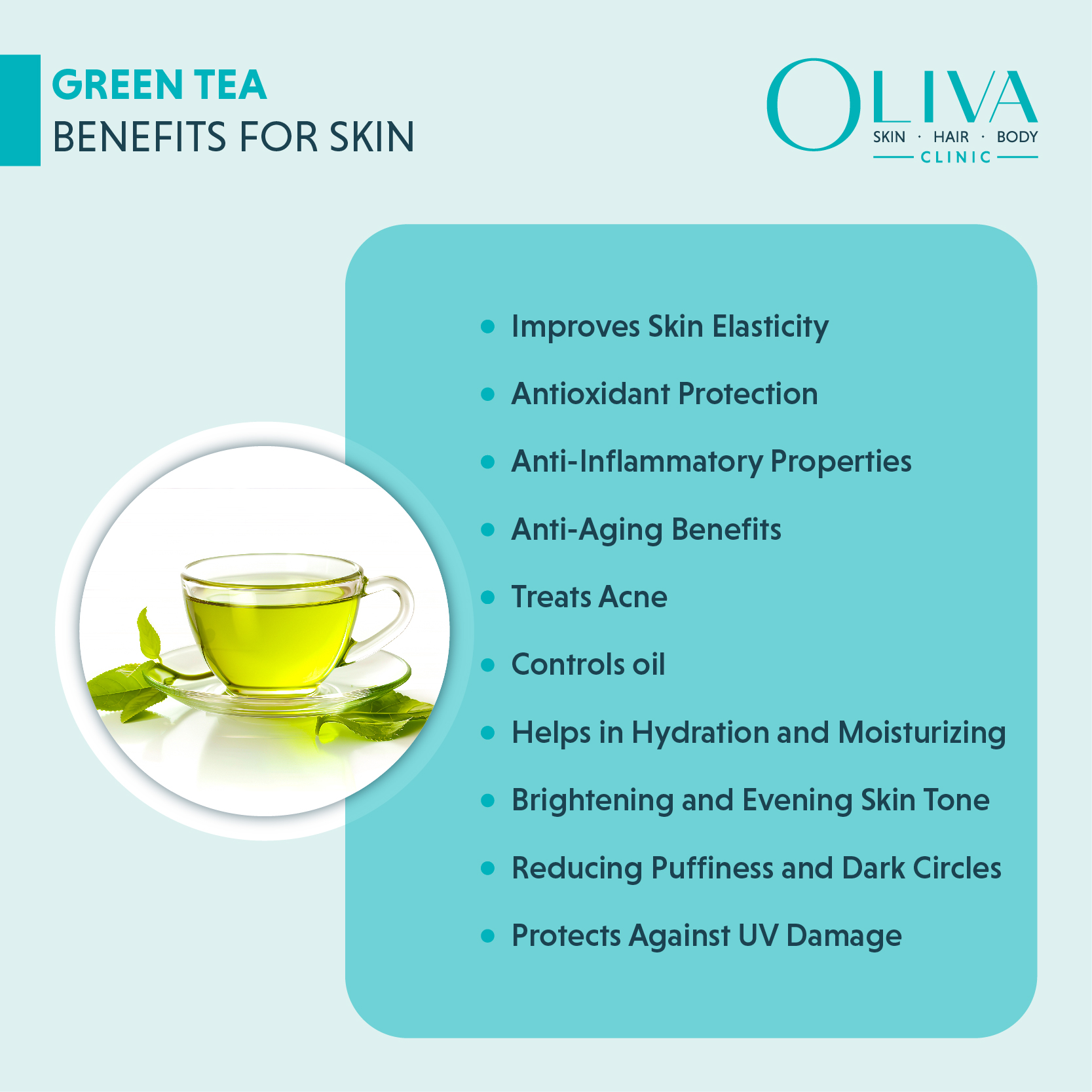
Know The Top 11 Benefits Of Drinking Green Tea For Skin
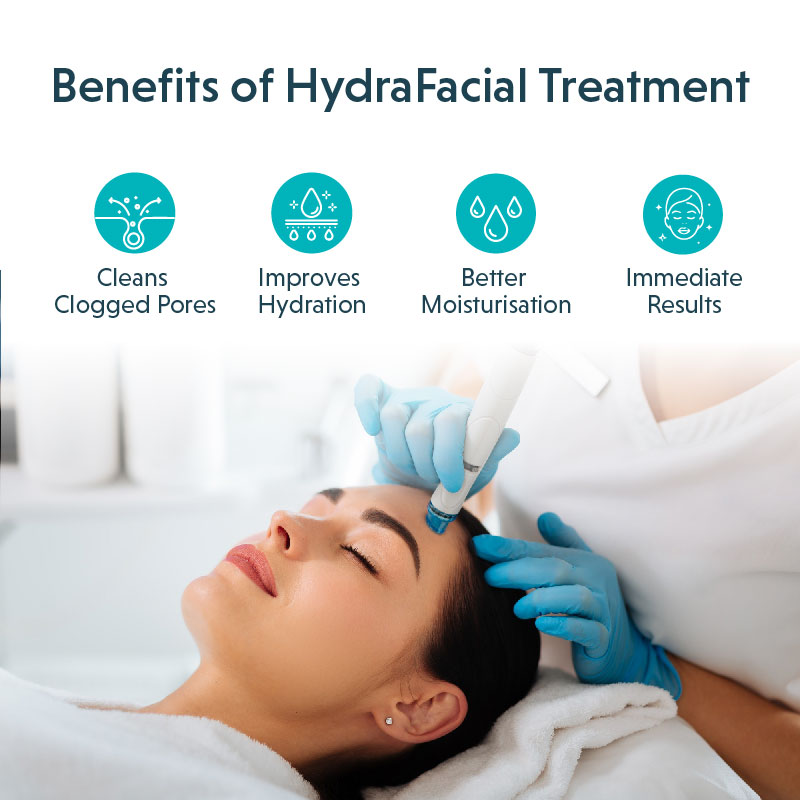
Top 15 Benefits Of HydraFacial Treatment For Skin Care

15 Proven Benefits of Gram Flour (Besan) for Skin & DIY Face Packs
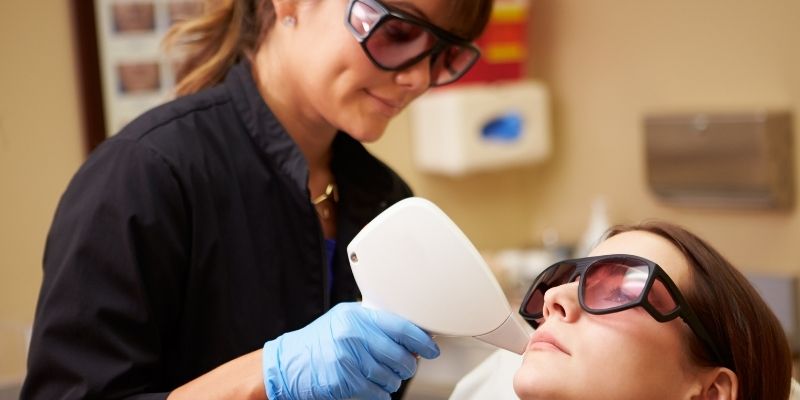
Laser Skin Treatments In India: Benefits, Side Effects & Cost


